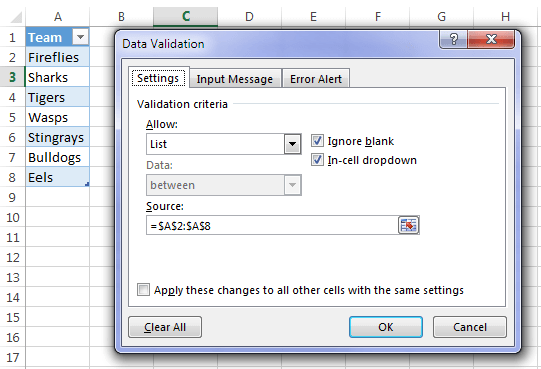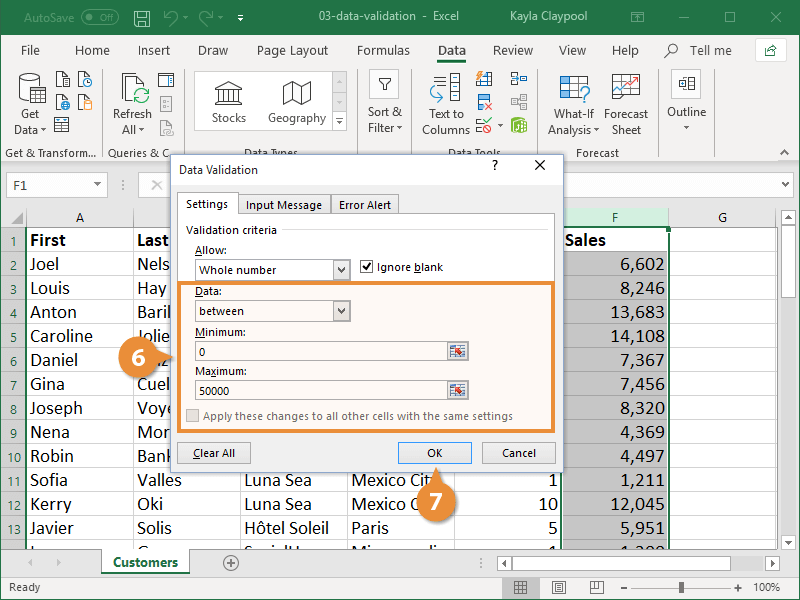

- #Data validation in excel 2016 for mac how to#
- #Data validation in excel 2016 for mac update#
- #Data validation in excel 2016 for mac free#
The error message isn't particularly helpful unless you know about the duplicates rule you can use the feature's Input Message and Error Alert tabs (see Figure B) to display meaningful information to your users. If you enter an existing value in any cell in range, the feature rejects it, as shown in Figure D. Thanks to the Table and the INDIRECT() function, range increases every time you add a row.
#Data validation in excel 2016 for mac how to#
I'll show you how to do that in the next section.) (You could enter the actual range, but you'd need to define a name for the range first. Without this function, the feature rejects the function because of the structured referencing necessary to accommodate Table objects. You don't have to know exactly how the INDIRECT() function works, but briefly, it returns the reference as text.
#Data validation in excel 2016 for mac update#
If you're working with your own data, be sure to update the name of the Table and column.įigure C This custom rule will reject duplicates in the Membership Number column. Making sure to use straight (not curly quotes).

Let's use this function to count the number of times a membership number occurs within column B, the Membership Number column, of the sheet shown in Figure A. You supply the range and a condition as arguments using the following syntax: COUNTIF(range,condition) The COUNTIF() function counts the number of cells in a range that meet a specific condition.
#Data validation in excel 2016 for mac free#
(Feel free to skip this section, if you know how to use this function.) To do so competently, you need to know about the COUNTIF() function. There's no built-in duplicate rule for Excel's Data Validation feature, but you can combine the feature with the COUNTIF() function to get the job done.


 0 kommentar(er)
0 kommentar(er)
